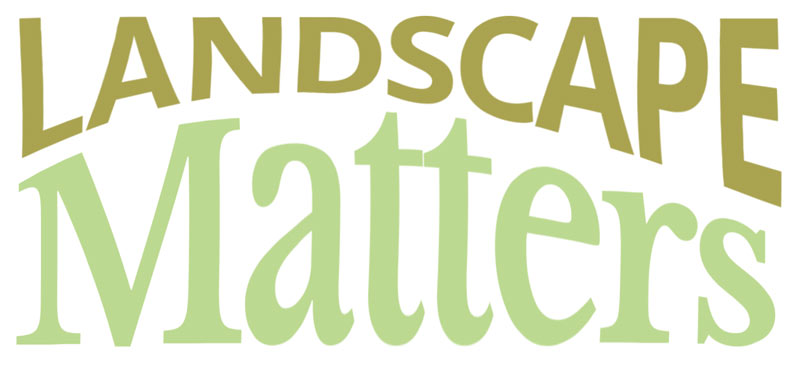Objectives
Evaluating potential for habitat restoration/creation at the landscape scale for the West Midlands
Client: Landscapes for Living
Date: January 2007
The aim of the analysis was to map the potential for habitat distribution across the West Midlands, based on the Level 2 Land Description Unit (LDU) spatial framework. LDUs are distinct and relatively homogenous units of land, each defined by a series of definitive attributes that define the spatial extent of each unit. Differences in ground type (rock type and soils) and physiography (landform and structural geology) are key determinants of the probable type and extent of semi-natural habitats. A series of matrices were developed to show the relationship between the likely type and extent of four priority habitats of interest: semi-natural grassland; broadleaf woodland; heathland; mires & fens. Each matrix presents the likelihood of the occurrence of each habitat type within an environmental space defined by differences in ground type, notably soil drainage and fertility, and physiography, notably geological structure and elevation. Unsurprisingly, each habitat occupies a specific part of the matrix reflecting the particular conditions in which it is generally found.
The project concluded that the creation of a more complete habitat survival overlay would provide a powerful policy tool showing where, for example, potential is high but survival is low and where there are good opportunities for restoration, or re-creation.
